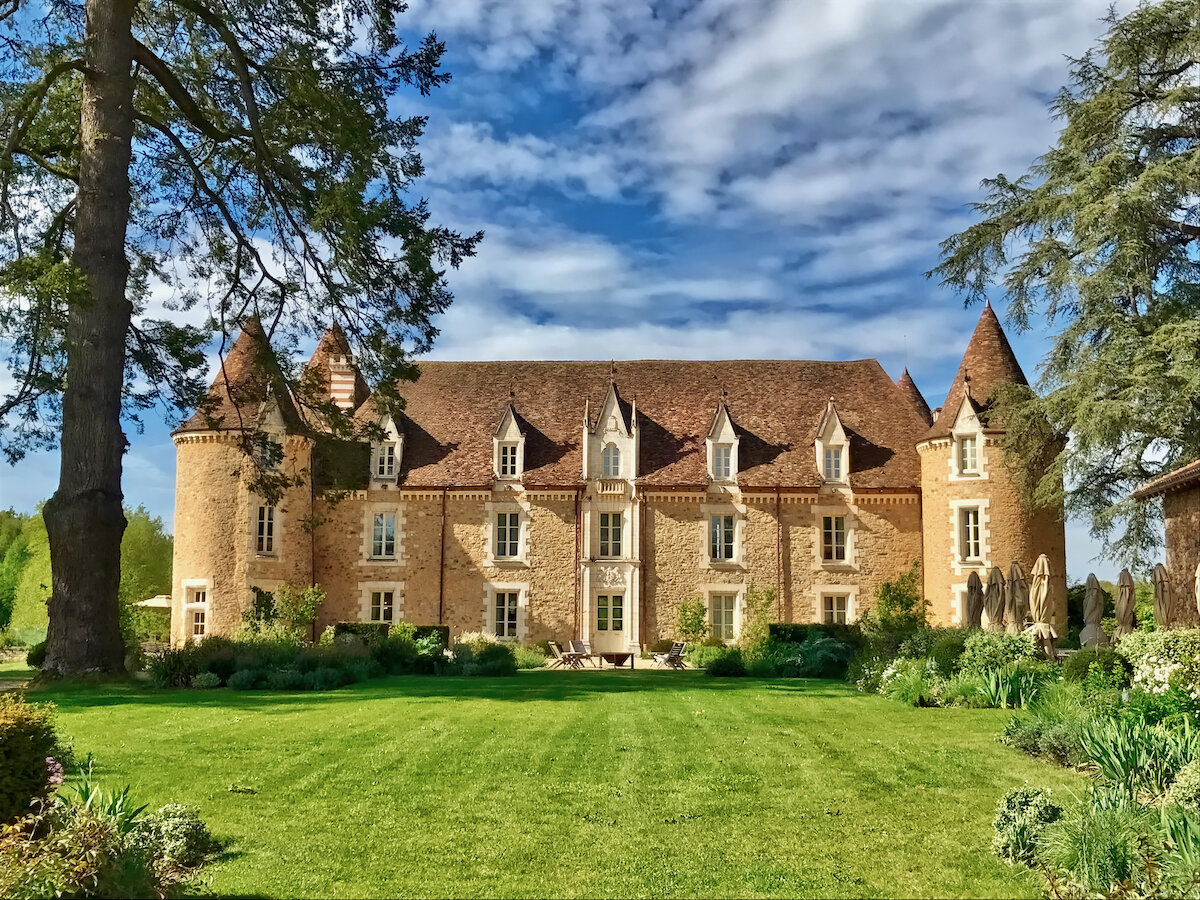
Our hotel and home base, the incredible Domaine des Etangs in Massignac, France.
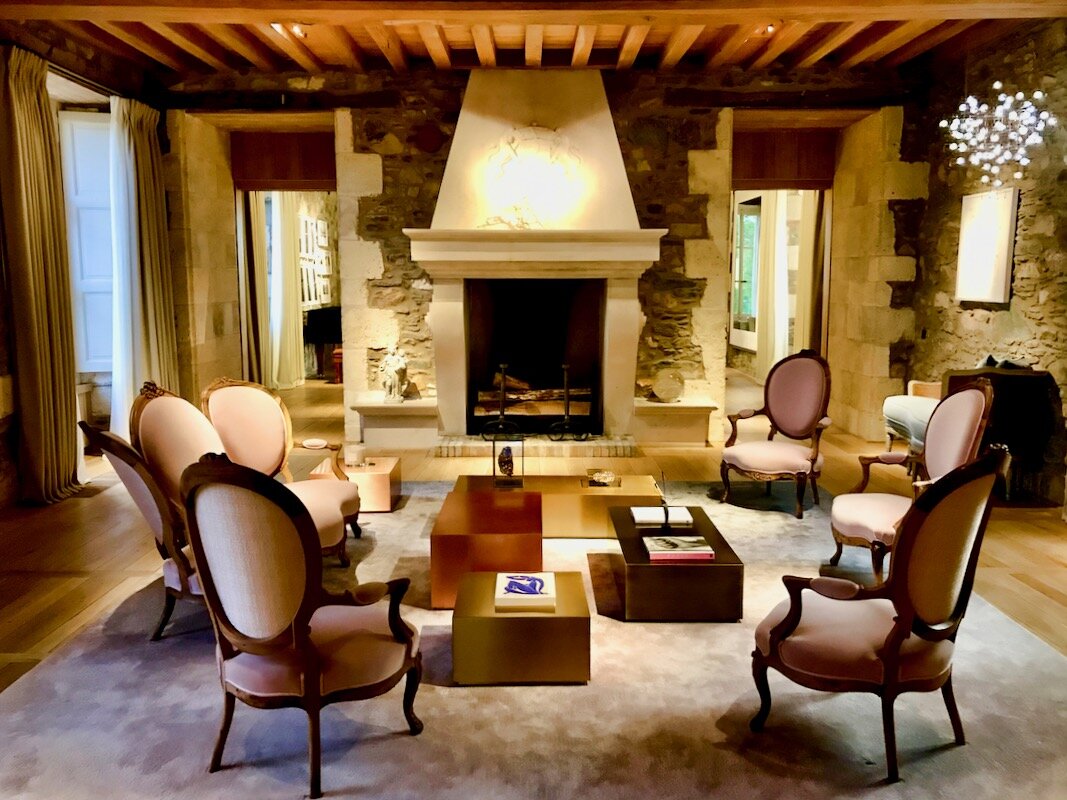
One of the elegant lounges in the chateau, featuring a mix of antiques, artwork, and unique objects.
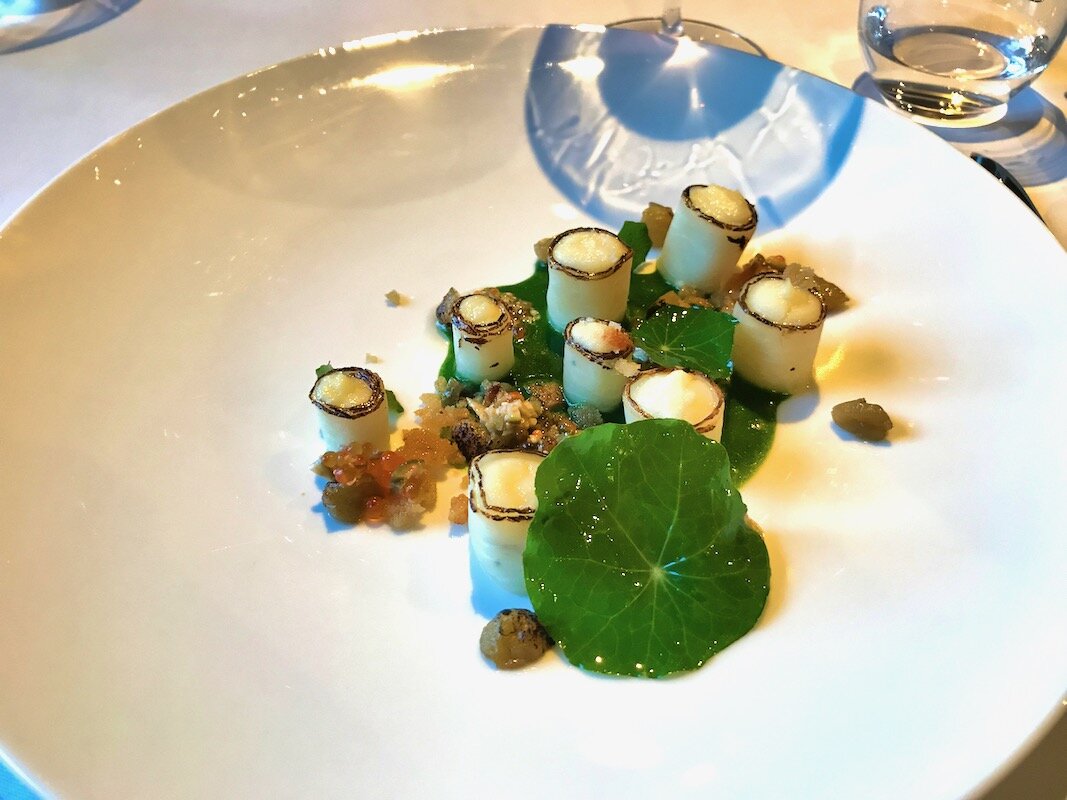
The incredible tasting menu at Dyades, the Domaine des Etangs Michelin-starred restaurant. The service was friendly and attentive.

Views from the Chateau to the manicured grounds at the Domaine des Etangs hotel.
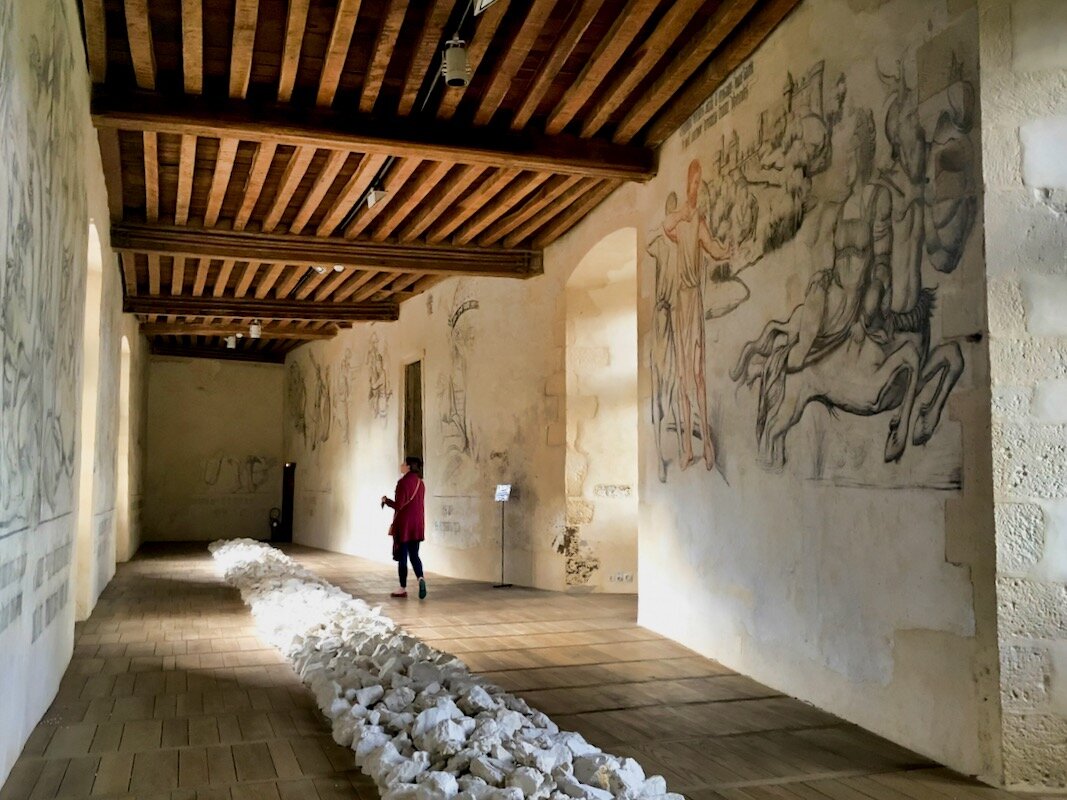
One of the artworks at Rochechouart Contemporary Art Museum, juxtaposed within the historic rooms of the chateau and its preserved colorful wall frescoes.
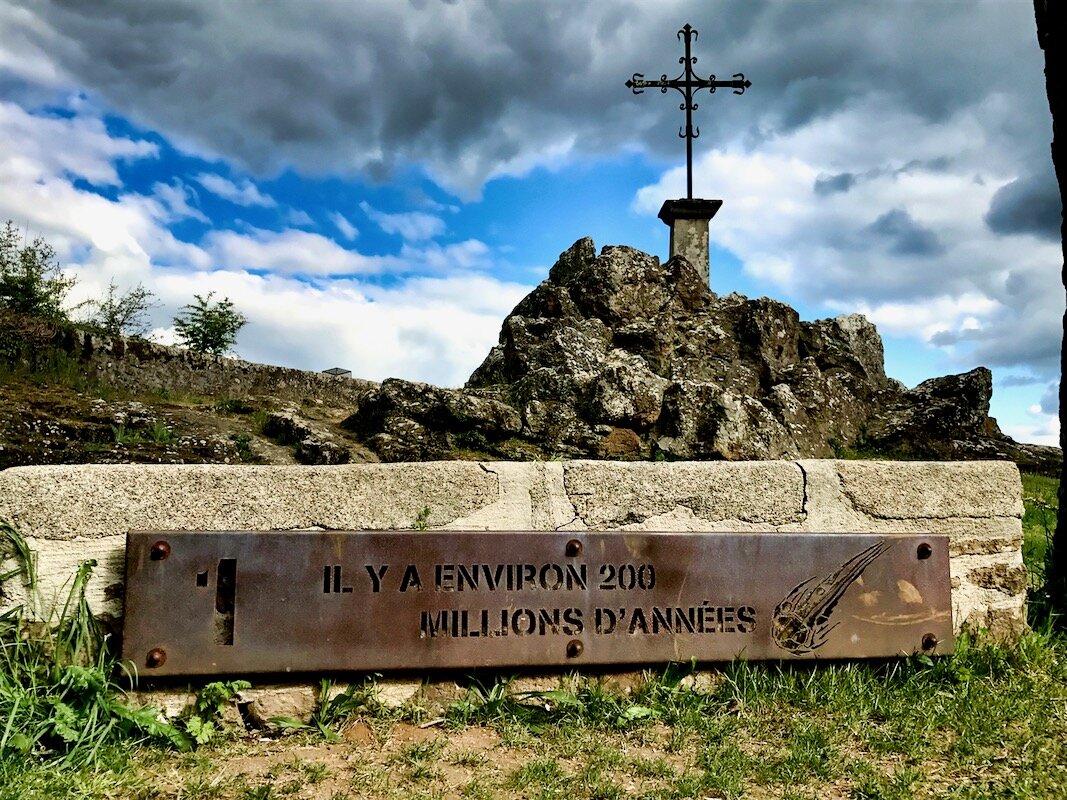
The site of the Rouchechouart Crater, where an asteroid is estimated to have impacted this site around 200 million years ago. We stumbled upon this while wandering the gardens beyond the museum.
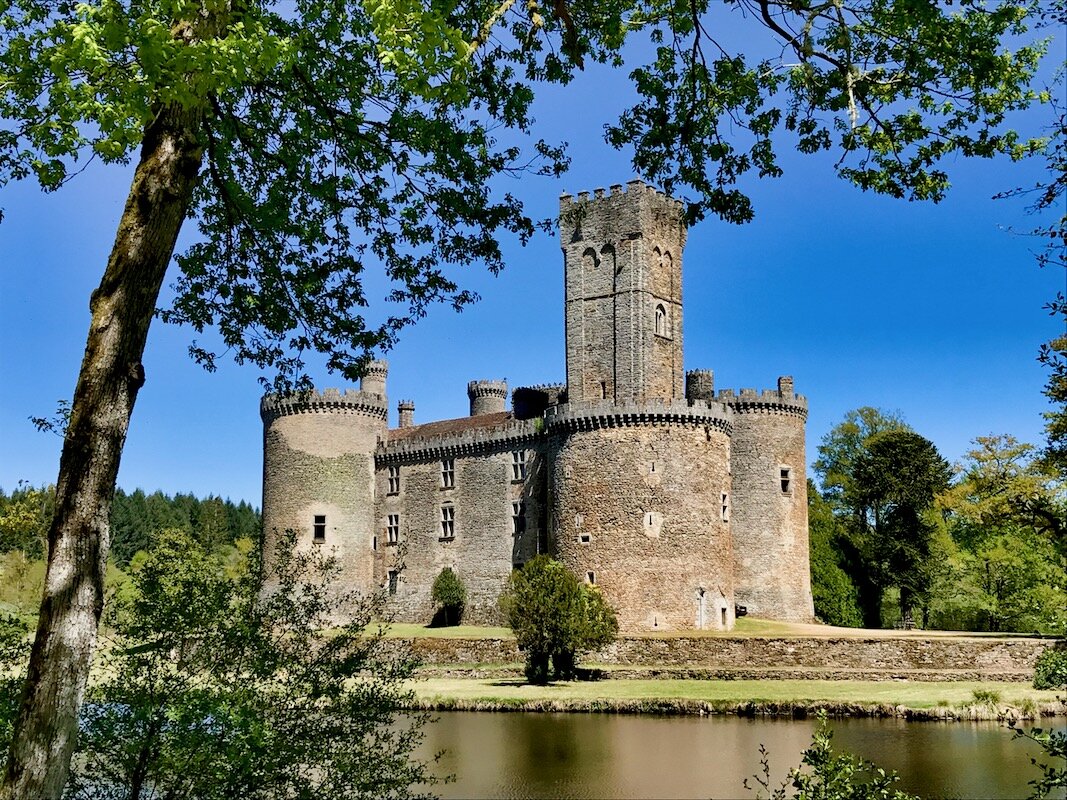
The Château de Montbrun, a well-preserved medieval castle, which is privately-owned but still worth a stop to admire.
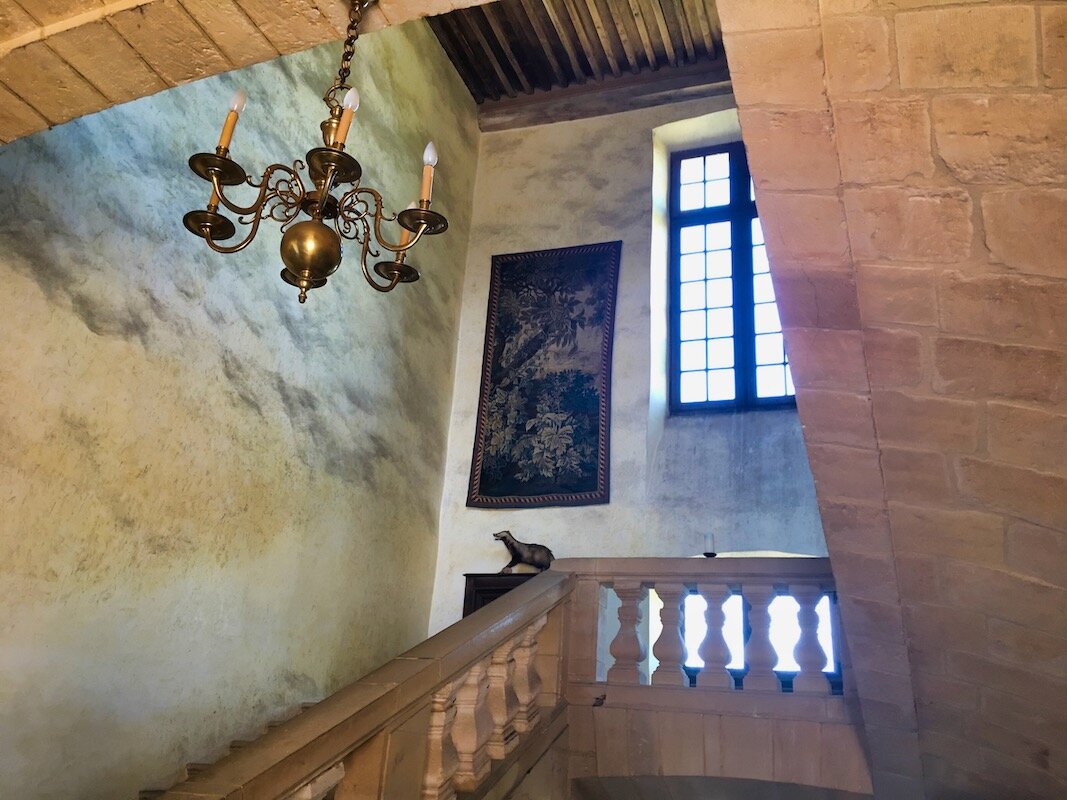
The interiors of the Château de Jumilhac, dating to the 15th-century and also privately owned, but still open to the public.
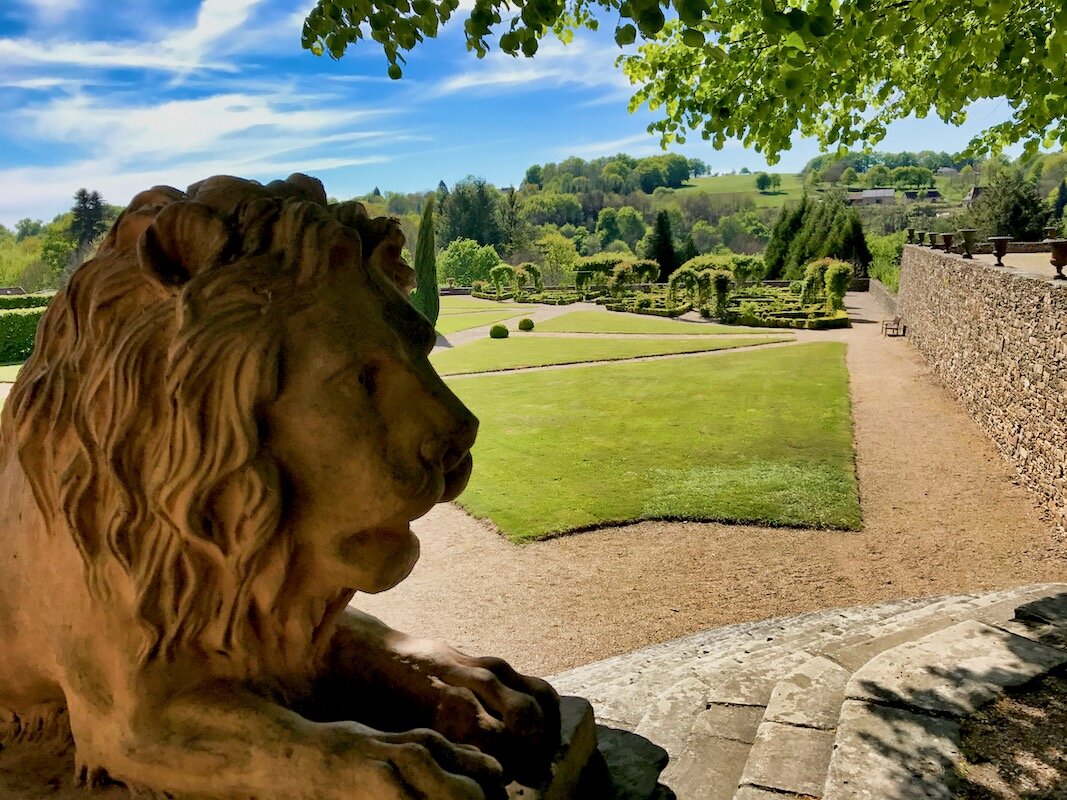
The symmetrical gardens of Château de Jumilhac.

The Château de Hautefort, a medieval fortress turned into a magnificent country residence in the 17th century.

The Château de Hautefort overlooks a charming village.
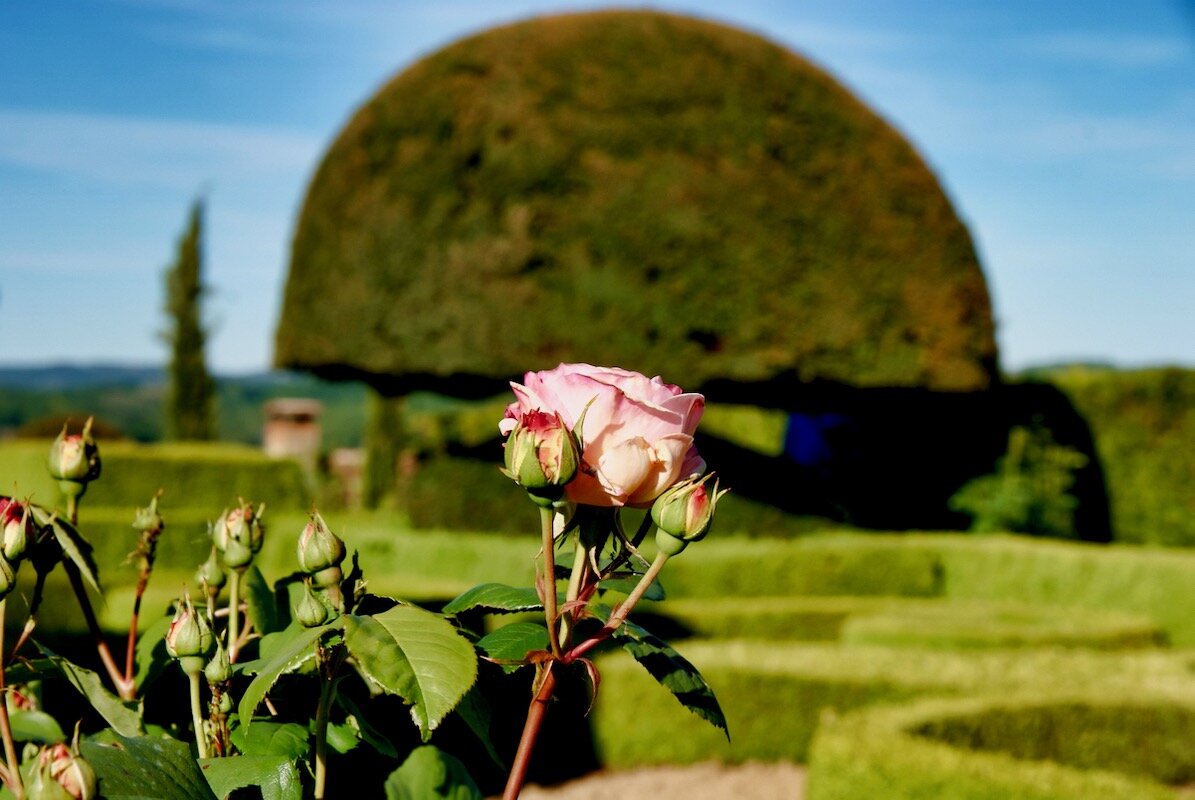
A rose starting to bloom at Château de Hautefort.
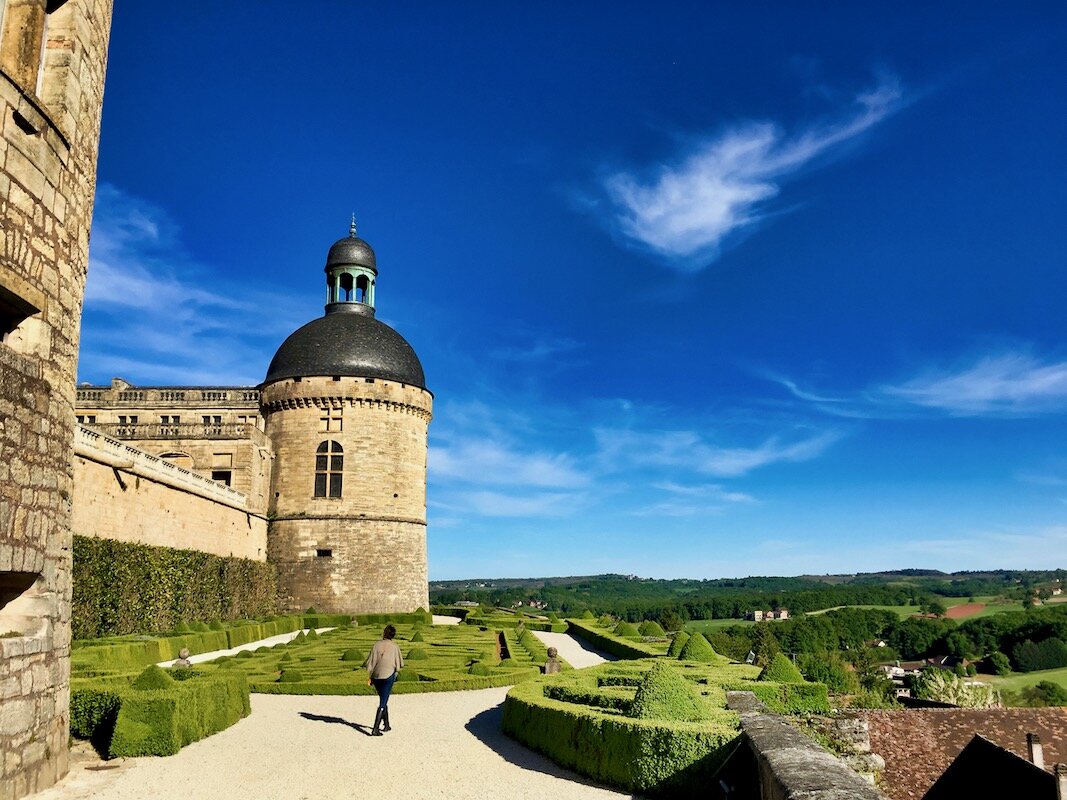
The boxwood framed formal gardens outside Château de Hautefort.

Brantôme Abbey, founded by Charlemagne in 769, according to legend. Part of the abbey was built into the cliffs.
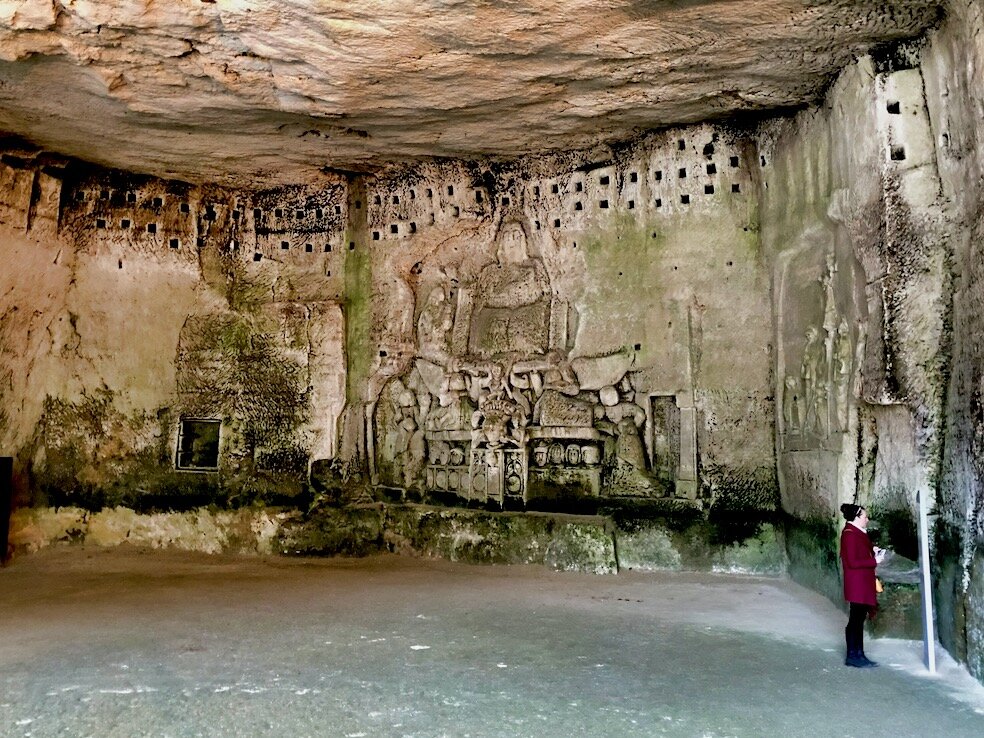
One of a dozen caves at Brantôme Abbey, which were used as dwellings and a site of worship.
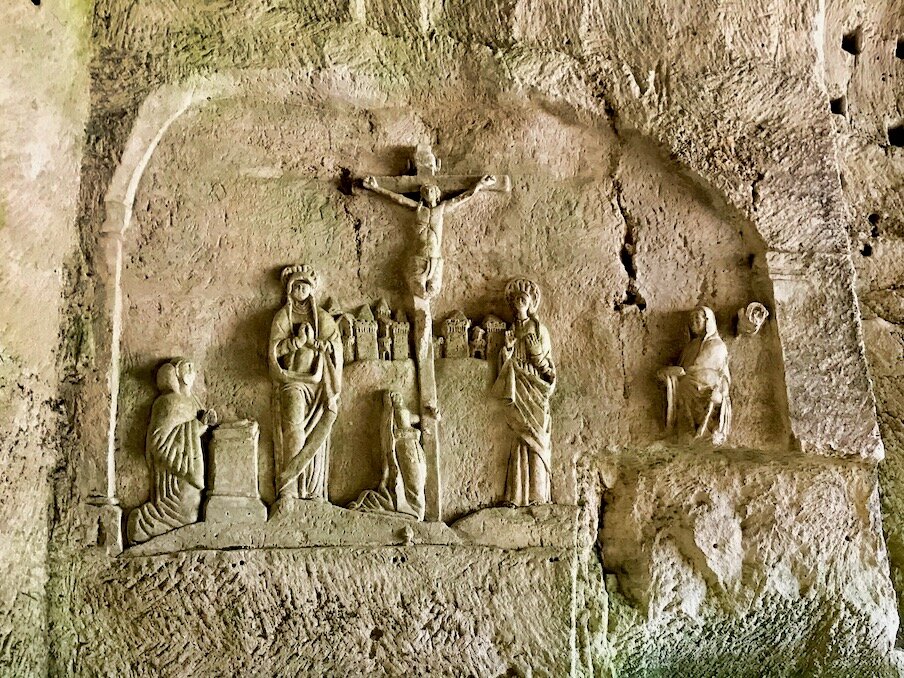
The ‘Last Judgement’ cave at Brantôme Abbey, with a bas-relief of the crucifixion.
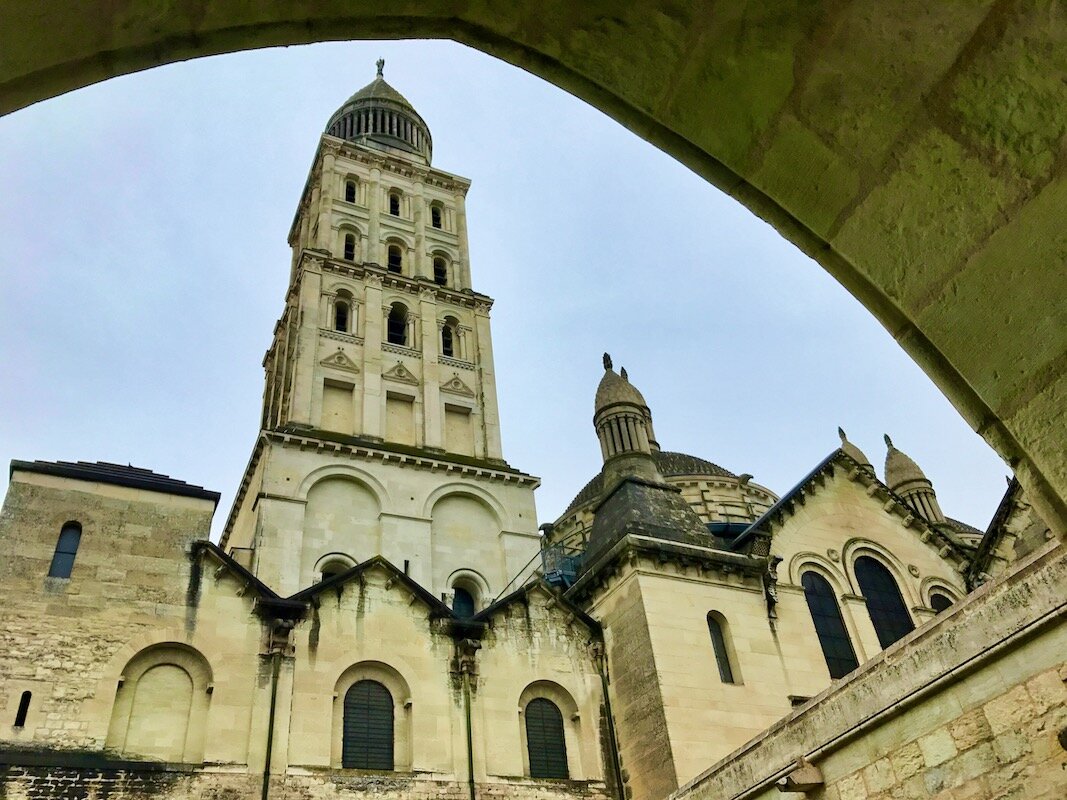
St-Front Cathedral, a World Heritage site dating to the 12th century, located in the center of the charming village of Périgueux.
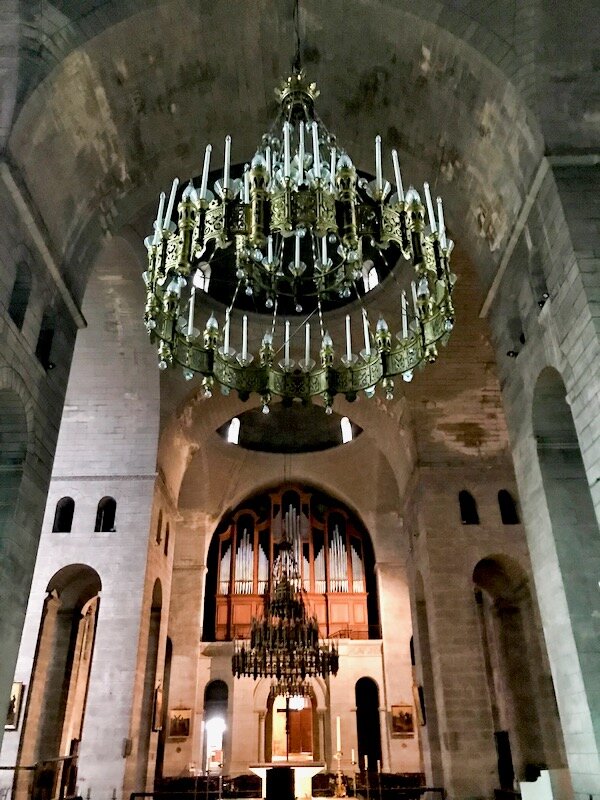
One of the three grand chandeliers in the interior of St-Front Cathedral, rebuilt and restored in the mid-19th century.
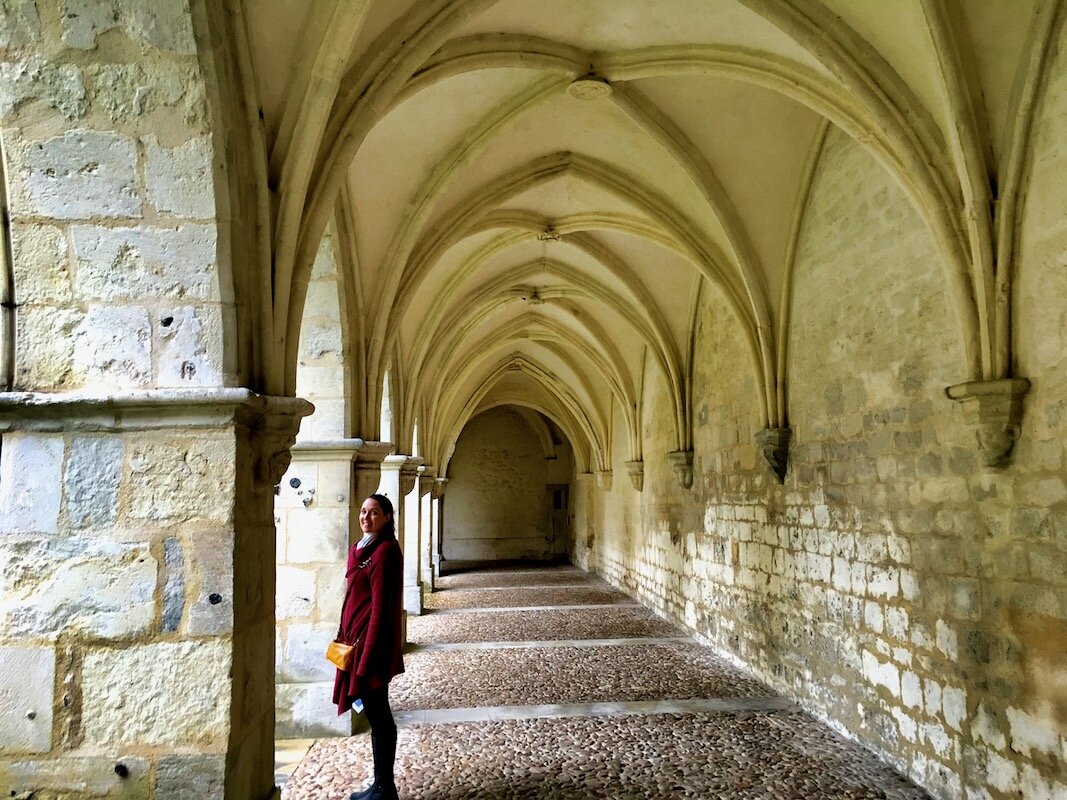
The Romanesque cloisters of St-Front Cathedral in Périgueux, one of two sections that remain of the original monastery.
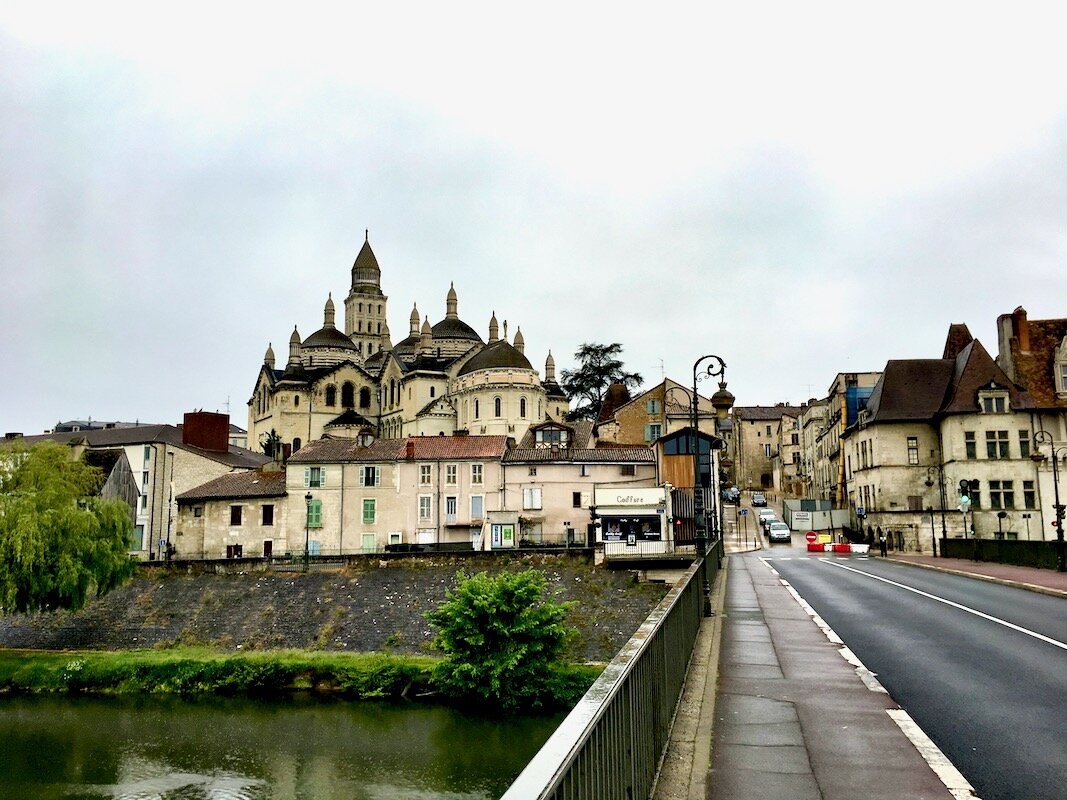
St-Front Cathedral towers above Périgueux along the Isle River.

A stark reminder of the impact of war at Oradour-sur-Glane, a village that was destroyed by Nazi troops at the end of WWII and preserved as a memorial.
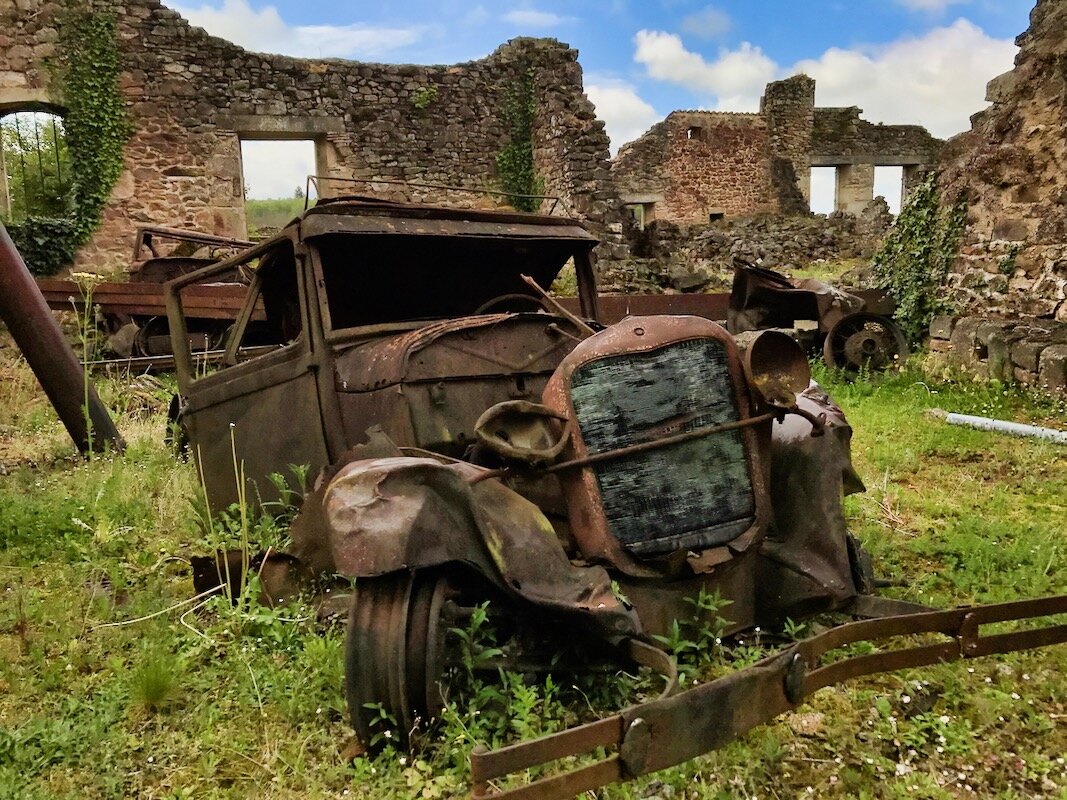
Troops set fire to the entire village. The remains reveal a snapshot of village life in that era.

A former cafe in Oradour-sur-Glane.

The most haunting stop in Oradour-sur-Glane, the town church, where bullet holes can still be seen around the altar.
























 English
English Spanish
Spanish French
French German
German Italian
Italian Russian
Russian Korean
Korean Chinese (Simplified)
Chinese (Simplified) Japanese
Japanese Hindi
Hindi





